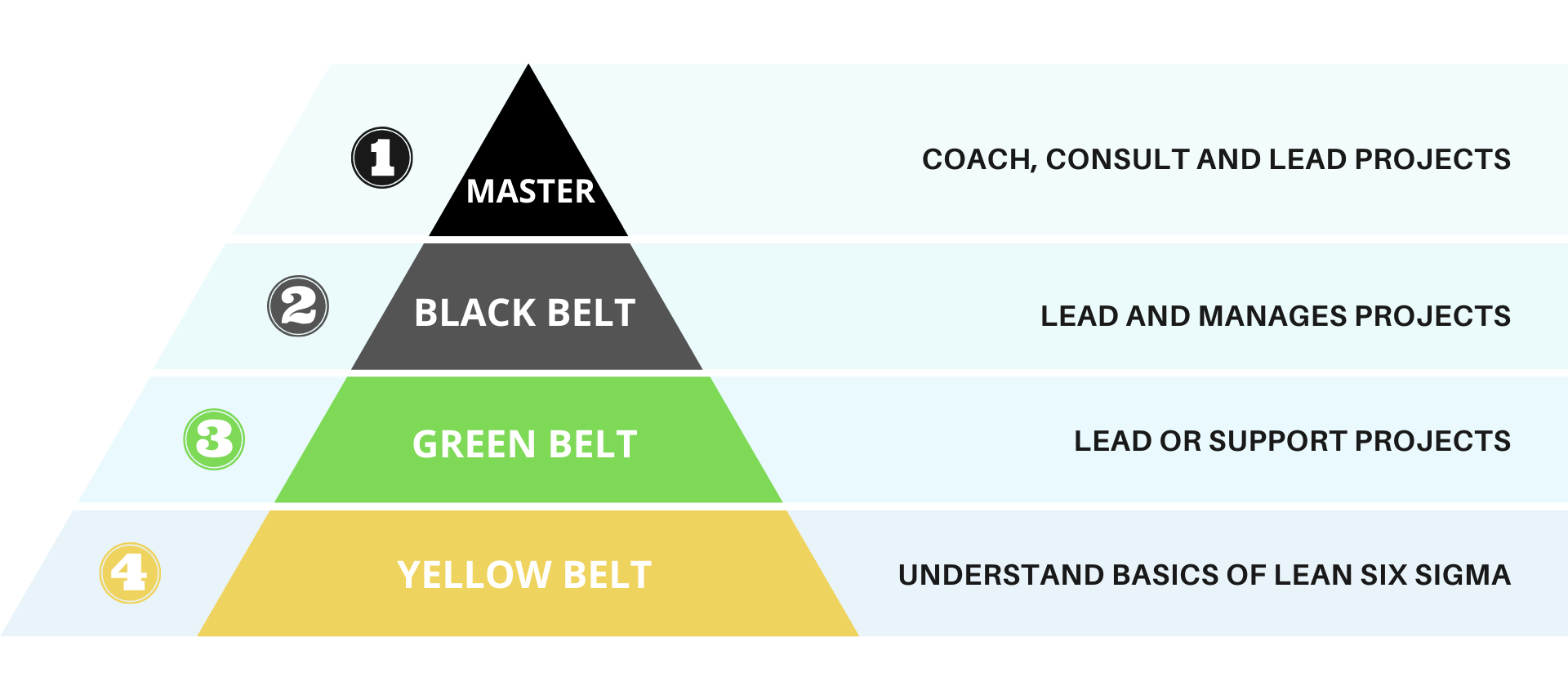Green Belt vs Black Belt: Key Differences
While both Lean Six Sigma Green Belts and Black Belts play important roles in process improvement, they differ in scope, responsibility, and required expertise. A Green Belt typically leads smaller projects or supports larger initiatives under the guidance of a Black Belt. Training is focused on core Lean Six Sigma tools, DMAIC process, data analysis, and practical problem-solving skills.
In contrast, a Black Belt oversees complex, cross-functional projects, applies advanced statistical methods, and drives strategic organizational change. Black Belts often hold leadership positions and dedicate more time to improvement work, while Green Belts balance project responsibilities with other duties.
Understanding these differences can help you choose the certification that best aligns with your career goals.
For a detailed breakdown of every Six Sigma belt level, visit our Six Sigma Belt Levels Guide.







